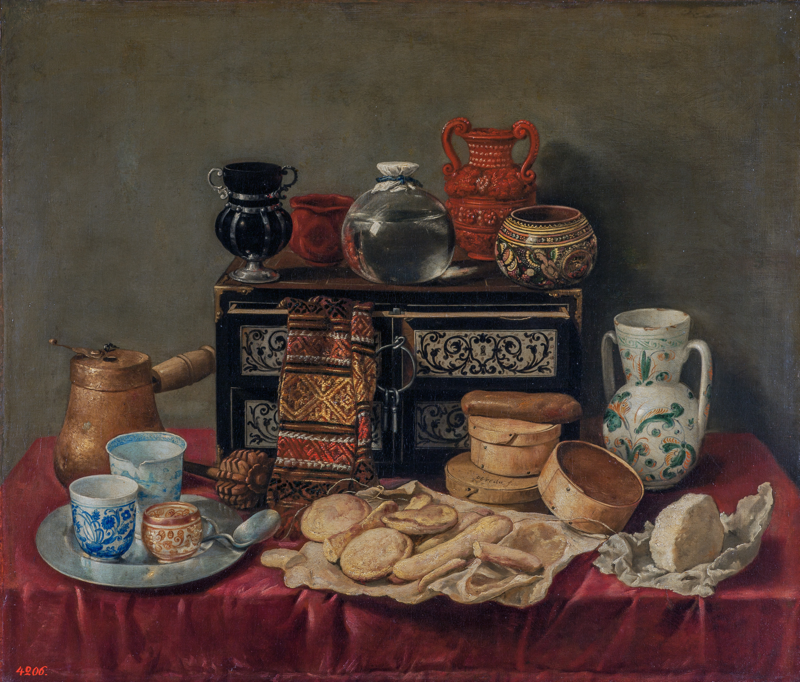Special Topics in the Humanities: Living in a Material World: Europe and the Globe, 1492-c. 1800

This lecture course will introduce all interested students to a diverse array of objects produced and consumed in Europe during the sixteenth, seventeenth, and eighteenth centuries. Rather than structuring the semester around the biographies of individual European artists or a list of artworks they produced, this course will instead take a different approach: each week, assigned readings, discussion, and lectures will revolve around a different material that was used to create art in this period. Because these three centuries were marked by the violent expansion of European Powers across the globe, special attention will be given to substances that originated outside the boundaries of this region. From insects like cochineal that were carefully cultivated in Mexico and crushed to create vibrant red paint, to African elephant ivory whose dense structures were carved into sculptures of breathtaking complexity, to porcelain fired in East Asian kilns that pushed European ceramics to new heights, a broad range of materials from around the globe indelibly shaped the output of European artists in this period. In addition to studying objects and materials themselves, this class will also explore the historical networks that mobilized them, the technical properties that made them so valuable, and the different theoretical methods that art historians use to think materially.
Estimated cost for course materials: $0-$50.
HISTART Distribution Requirements: 3. Early Modern, D. Europe and the US
Along with participation in discussions and careful attention to assigned readings, students will be responsible for completing two short (c. 1000 word) writing assignments, as well as a midterm and a comprehensive final exam.